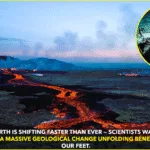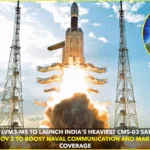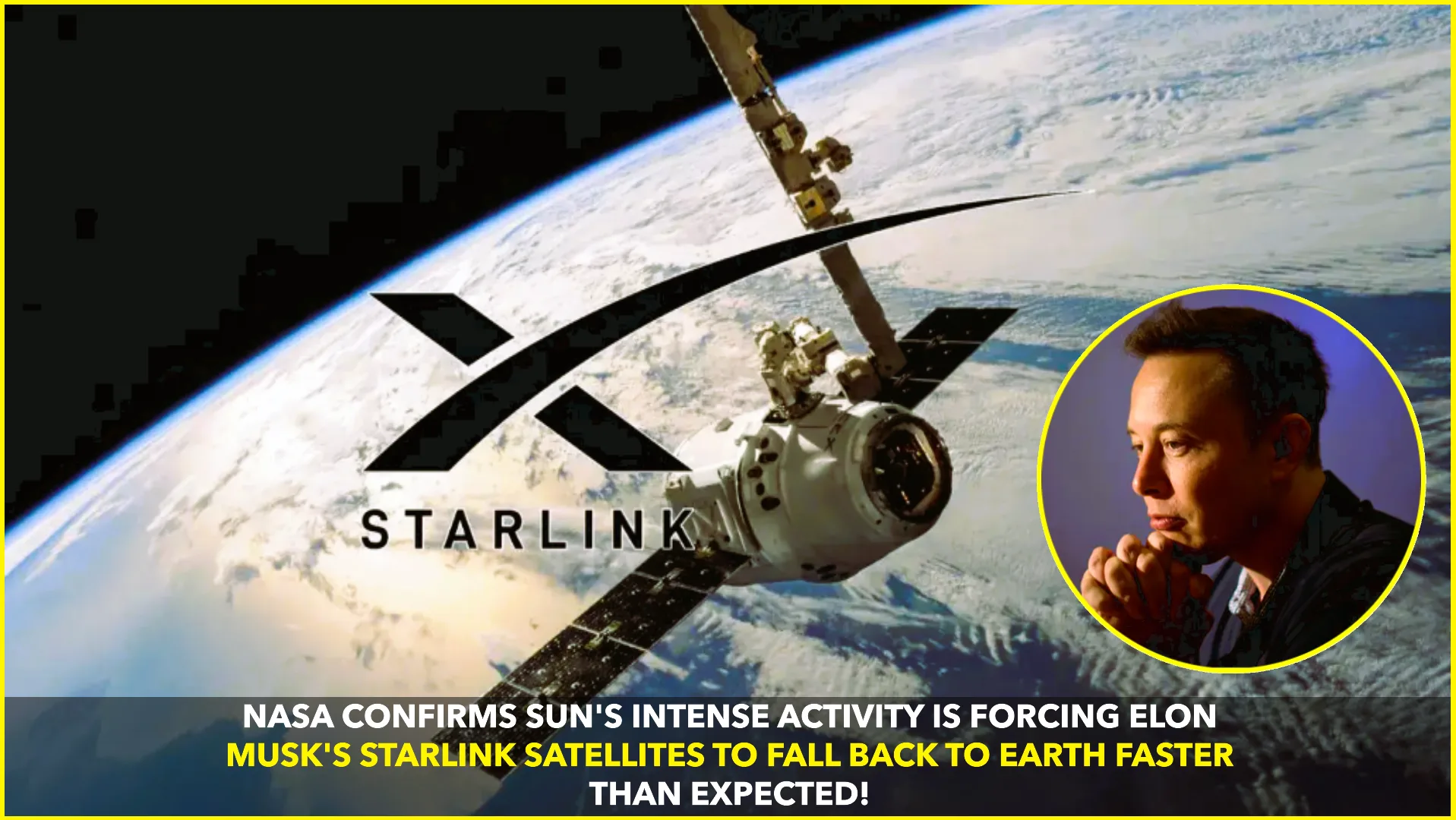NASA has confirmed that heightened solar activity from the Sun’s ongoing solar maximum is directly causing SpaceX’s Starlink satellites to fall back to Earth more rapidly than expected. The rapid de-orbiting is attributed to intensified geomagnetic storms that heat and expand Earth’s upper atmosphere, thus increasing drag on satellites in low Earth orbit (LEO).
The Science Behind It
Solar cycles, lasting approximately 11 years, culminate in a solar maximum—periods of peak sunspot activity, solar flares, and coronal mass ejections (CMEs). The current cycle, Solar Cycle 25, entered its peak around October 2024. During this phase, the Sun emits significantly more charged particles than usual.
When CMEs and solar flares reach Earth, they trigger geomagnetic storms—disturbances in the upper atmosphere—elevating temperatures and expanding the thermosphere en.wikipedia.org+1nypost.com+1. This expansion leads to greater atmospheric density at altitudes occupied by LEO satellites, including Starlink, increasing aerodynamic drag.
NASA’s Findings and Data
A NASA-led research team, headed by Denny Oliveira from the Goddard Space Flight Center, analyzed tracking data for 523 Starlink satellites launched between 2020 and 2024. Their analysis showed a clear correlation between solar activity and satellite orbital decay.
Specifically, Starlink satellites are re-entering denser atmospheric layers sooner, accelerating their orbital decay and shortening operational lifespans. Data reveal that during intense geomagnetic storms, some Starlinks re-entered 10–12 days earlier than predicted timesofindia.indiatimes.com+4gizmodo.com+4perplexity.ai+4. In some cases, satellites designed to last for around 15 days in orbit plummeted within just five days.
Real-World Impact
The trend has practical consequences: in 2024 alone, an unusually high 316 Starlinks prematurely re-entered the atmosphere—significantly more than in prior years. Although SpaceX’s network still boasts thousands of operational satellites, the rapid re-entry rate underscores growing volatility in satellite lifecycles amid solar storms.
Widely reported cases, such as debris from a Starlink satellite reaching a Saskatchewan farm in 2024, highlight the tangible risks of fragment disintegration m.facebook.com+5perplexity.ai+5skyatnightmagazine.com+5. Though the majority are expected to burn up upon reentry, faster descent speeds could leave larger fragments intact, raising safety concerns .
A New Challenge for Satellite Operators
The findings emphasize fresh challenges for satellite megaconstellations. Rapid, unpredictable de-orbits complicate mission planning for collision avoidance and replacement logistics. Satellite operators now need more sophisticated space-weather forecasting tools and adaptive orbital strategies tailored to solar-intense periods.
NASA’s study advocates integrating high-cadence satellite telemetry—including precise drag measurements and atmospheric density modeling—into orbital predictions. This could enhance resilience to geomagnetic storms and support end-of-life planning for LEO assets arxiv.org+1en.wikipedia.org+1.
What Lies Ahead
With Solar Cycle 25 expected to continue through at least late 2025, high solar activity is likely to remain a feature of near-term space operations. As mega-constellations like Starlink pursue tens of thousands of satellites, understanding and preparing for space weather impacts will be critical. Rapid reentries may help reduce space debris, but they come with unpredictability and possible ground safety hazards.
NASA and industry partners are advancing models that combine orbital physics with real-time solar and geomagnetic data. These efforts aim to refine satellite drag coefficients and density estimates during geomagnetic events, enabling better mission planning and risk mitigation perplexity.ai+1gizmodo.com+1.
In sum, NASA’s latest findings mark a pivotal development in low Earth orbit dynamics. Solar maximum isn’t just triggering spectacular auroras—it’s actively reshaping satellite behavior, forcing space operators to rethink reliability and safety in a changing space environment.










